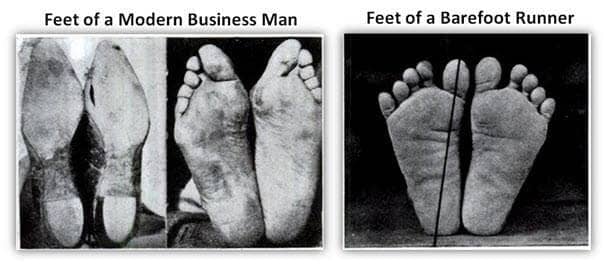About a year and a half ago, I started training and taking care of my health in a much more conscious way. During this time, I’ve been experimenting with my body and have come to some conclusions, although I still have a long way to go.
In that time, I have increased my muscle mass, my mobility, and my awareness of the external effects that impact me more or less. This has made me feel much more stable, both physically and mentally.
Because yes, the body and mind are one. Everything we put into our bodies affects both. I hope I’m not revealing anything new to you.
If we stop to read all the information published on the Internet, we’ll see that there are many variables, many types of diets, and many “gurus” trying to indoctrinate you to sell you their book. None of them are entirely wrong, but at the same time, we need to experiment with our bodies to find what works best for each of us.
There are some basics that work for everyone, but from there, it depends on a thousand factors whether something is right for you or not. Factors such as where you were born, whether you are a boy or a girl, your race, any intolerances you may have, your tastes, your schedule, etc.
Today, I won’t get too deep, but rather practical, so in this first part, I’ll share some key points that have helped me improve my health and that I continue to apply day by day.
Difference Between Physical Activity and Training
We need both to be healthy.
A very common physical activity is walking. Another could be cycling. It’s essential to stay active throughout our lives. Our bodies are made to move. Without that movement, they atrophy and prevent us from living fully.
The goal should always be to live fully for as many years as possible. When I say “fully,” I mean being able to run with your grandchildren, getting up from the ground without help, climbing stairs, or taking the bus without ending up exhausted. This video explains it better than I can.
Although I hate to say it, walking is not enough. We also need strength training to build muscle. If you’re worried about becoming like the Hulk, you’re in luck because gaining muscle naturally is quite difficult, and we all have a limit. Many of those giant (and not-so-giant) creatures you see in gyms use chemicals.
Okay, great, but what can we consider training?
I’m glad you asked. Training is anything that involves progression. Without progression, there is no training. And without progression, there are no gains—in this case, muscle mass.
The type of training you apply is up to you: you can do CrossFit, calisthenics in a park, at home, use kettlebells—whatever you want. The body doesn’t understand weights; it only understands stimuli. In response to stimuli, it adapts. If the stimulus remains the same for too long, we won’t progress. It’s that simple.
Align Yourself with the Sun
I still can’t believe my eyes every time I see the campaigns against the sun, warning of how bad it is and the damage it causes.
Have you ever stopped to think that without the sun, we’d all be dead?
The sun is what allows us to be alive on this planet—there’s no other way around it. For many years, we’ve lived according to its rhythm. Before electricity, it was the beacon we followed. When it hid, we went to sleep; when it rose, our day began.
It’s precisely at that moment when we no longer feel the need for it. We can go days and even years without regular sun exposure. And then the complaints come.
It’s obvious that if you spend months without direct sun exposure and then go to the beach in August for three hours lying out in it, you’re going to get burned, and badly. It’s quite likely that this could lead to some kind of long-term illness.
But the sun should be embraced. Daily. In short bursts. It’s essential not just for absorbing vitamin D but for our overall health.
Putting on a chemical-filled sunscreen or fearing the sun because it’s “cancerous” is nonsense.
So please, align yourself with it. Expose yourself in small doses. Eat when the sun is out. Fast when it’s not. Try to wake up when the sun rises and watch both the sunrise and sunset whenever you can.
If you want to know more, Carlos Stro talks a lot about this topic.
Go Barefoot Whenever You Can
Our feet have become weak due to modern footwear. The image I’ll leave below shows a foot on the left after wearing conventional shoes vs. how our feet should look naturally.
As you can see, the sole of the foot is much wider, and it’s clear that this provides something very important: stability. Your feet are the center of your body; when we’re in motion, we’re standing, and they are our point of support. They activate the rest of our body.
That’s why walking barefoot as much as possible is essential for avoiding health problems. Wearing conventional shoes all day weakens our feet, shortens our Achilles tendon, and causes overall instability in our bodies, among other issues.
To reverse this, it’s recommended to spend as much time as we can barefoot and, above all, to buy minimalist footwear. Many stores today offer this type of shoe, and while they used to be quite ugly, they are gradually resembling conventional sneakers more and more.
If you want to learn more about this topic, I recommend checking out Rubén García, who specializes in this area.
This post was getting a bit long, so I’m going to break it up into several parts. As you can see, this information is quite basic. I’m not a health expert, and of course, these are just recommendations.

